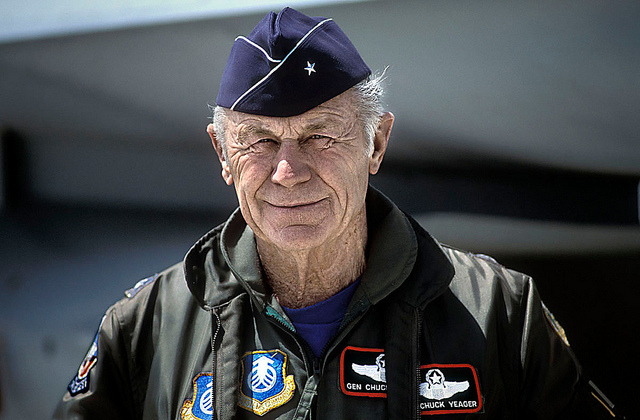
Photos © Olivier Blaise.
CHUCK YEAGER’S TIMELINE OF MAJOR ACCOMPLISHMENTS
1923–40–41–42–43–44–45–46–47–48/49–52–53–54–56–57–58–61–62–63–66–68–69–71–73–75–76–85–97
AWARDS / MOVIES / PUBLICATIONS
Brigadier General Charles E. Yeager, USAF (Ret)
1923
Charles Elwood Yeager was born in 1923 in Myra, West Virginia and grew up in the nearby village of Hamlin.
Attended the Citizens Military Training Camp at Fort Benjamin Harrison, Ind., in 1939 and 1940.
On Sept.12, 1941, enlisted as a private in the Army Air Corps.

DEC. 1941
On Dec. 7, 1941, the United States entered World War II and Yeager was transferred to Victorville Air Base (now George Air Force Base), Calif., where he worked on AT-11 aircraft and received promotions to private first class and to corporal.
Accepted for pilot training under the flying sergeant program in July 1942.
Received his pilot wings and appointment as a flight officer in March 10, 1943, from Luke Field, Phoenix, Ariz. He was promoted from corporal to flight officer. After completing basic training at Ellington Field, Texas, he served for two months at Mather Field, Calif., and later at Moffet Field, Calif.
General Yeager’s first assignment was as a P-39 pilot with the 363d Fighter Squadron in Tonopah, Nev. As a member of the 363d he trained at various bases in the United States before going overseas to England in November 1943.
While in England he flew P-51s in combat against the Germans, shooting down one ME-109 and an HE-111K before being shot down on his eighth combat mission over German-occupied France. He evaded capture when elements of the French Maquis helped him to make his way across the Pyrenees to neutral Spain.

SPRING, 1944
Yeager remained in Spain until the summer of 1944 when he was released to the British at Gibraltar and returned to England. Although army policy prohibited his return to combat flight, Yeager personally appealed to General Dwight D. Eisenhower and was allowed to fly combat missions again.
Returned to his squadron and flew 56 more combat missions, shooting down 11 more German aircraft.
Between July and October he was promoted from Second Lieutenant to Captain.

—TOTAL—
He flew 64 combat missions in World War II.
On one occasion he shot down a German jet from a prop plane.
By war’s end he had downed 13 enemy aircraft, five in a single day.
—-
Post WWII
Yeager returned to the United States in 1945 to attend the instructor pilot course and subsequently served as an instructor pilot at Perrin Field, Texas. In July 1945 he went to Wright Field, Ohio, and participated in various test projects including the P-80 “Shooting Star” and the P-84 Thunderjet. He also evaluated all of the German and Japanese fighter aircraft brought back to the United States after the war. This assignment led to his subsequent selection as pilot of the nation’s first research rocket aircraft, the Bell X-1.
In January 1946 General Yeager attended the test Pilot School at Wright Field, Ohio.
1947–BREAKING THE SOUND BARRIER
Yeager continued to serve the newly constituted United States Air Force as a flight instructor and test pilot.
August 1947 was sent to Muroc Air Base, Calif., as the project officer on the Bell XS-1.
On Oct. 14, 1947, he flew the XS-1 past the sound barrier, becoming the world’s first supersonic pilot.
During the next two years, he flew the X-1 more than 40 times, exceeding 1,000 mph and 70,000 feet.
He was the first American to make a ground takeoff in a rocket- powered aircraft.
In 1952 Yeager attended the Air Command and Staff College at Maxwell Air Force Base, Ala.
December 1953 he flew the Bell X-1A 1,650 mph, becoming the first man to fly two and one-half times the speed of sound. At Mach 2.4 at 80,000 feet the aircraft spun out of control, spinning on all three axes. G-forces sent Yeager’s head into the canopy, cracking it. The G-forces bent the control stick.
He spun down 51,000 feet in 51 seconds, before regaining control at 25,000 feet.
His speed record that day stood for the next three years. HEAR HIS AUDIO OF THAT FLIGHT.
Returned to Europe to serve as commander, 417th Fighter Squadron, Hahn Air Base, West Germany, and at Toul-Rosieres Air Base, France.
Received the Harmon Trophy Award from General Eisenhower for flying the X-1A.
During his tour in Europe, he took first-place honors in the 1956 Weapons Gunnery Meet.
Yeager commanded the Air Force Aerospace Research Pilots School to train pilots for the space program. In this capacity, Yeager supervised development of the space simulator and the introduction of advanced computers to Air force pilots. Although Yeager himself was passed over for service in space, nearly half of the astronauts who served in the Gemini, Mercury and Apollo programs were graduates of Yeager’s school.
1957 he returned to the United States and was assigned to the 413th Fighter Wing at George Air Force Base, Calif.

1958 became commander of the 1st Fighter Squadron, flying new F-100 “Super Sabres.”

General Yeager graduated from the Air War College, Maxwell Air Force Base, Ala., in June 1961
Became commandant of the Aerospace Research Pilot School (now the USAF Test Pilot School), where all military astronauts were trained.
Dec. 10, 1963, while testing the experimental Lockheed Starfighter NF-104 rocket-augmented aerospace trainer at over twice the speed of sound, he narrowly escaped death when his aircraft went out of control at 108,700 feet (nearly 21 miles up) and crashed. He parachuted to safety at 8,500 feet after vainly battling to gain control of the powerless, rapidly falling craft. In this incident he became the first pilot to make an emergency ejection in the full pressure suit needed for high altitude flights. Yeager’s compression suit was set on fire by the burning debris from the ejector seat, which became entangled in his parachute. He survived the fall, but required extensive skin grafts for his burns.


The Air Force space school was closed in 1966, as NASA took over the training of astronauts.
July 1966 he assumed command of the 405th Fighter Wing at Clark Air Base, Republic of the Philippines, and flew 127 missions in South Vietnam.
During the Vietnam War, Yeager — now a full Colonel — commanded the 405th fighter wing out of the Philippines, flying 127 air-support missions, and training bomber pilots.

February 1968 he assumed command of the 4th Tactical Fighter Wing at Seymour Johnson Air Force Base, N.C., and deployed with the wing to the Republic of Korea during the USS Pueblo crisis.
July 1969 he became vice commander, 7th Air Force, at Ramstein Air Base, West Germany, and in August was promoted to Brigadier General.
Assumed duties as the United States Defense Representative to Pakistan.
March 1973 General Yeager went to the Air Force Inspection and Safety Center, Norton Air Force Base, Calif., and became Director in June 1973.
Elected to the Aviation Hall of Fame.

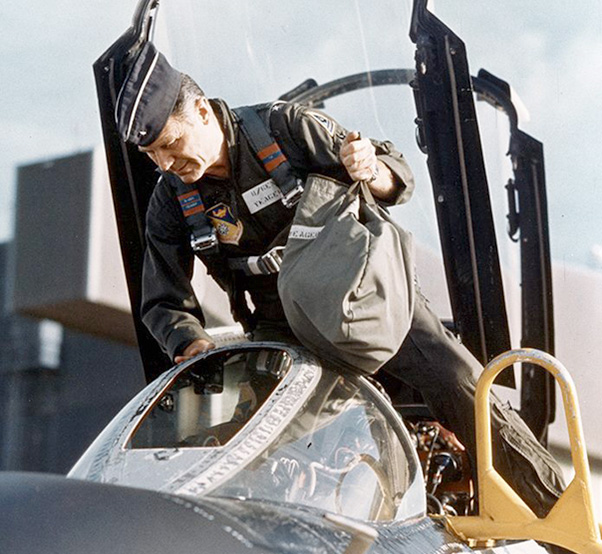
He retired from active duty in the U.S. Air Force on March 1, 1975, but continued to serve as a consulting test pilot for many years.
Awarded the Special Congressional Silver Medal for bravery.
Presented with the Presidential Medal of Freedom.
Chuck Yeager made his last flight as a military consultant on October 14, 1997, the 50th anniversary of his history-making flight in the X-1. He observed the occasion by once again breaking the sound barrier, this time in an F-15 fighter.
2020
Charles Elwood Yeager passes away Dec. 7, 2020 aged 97 years old.
AND BEYOND…
General Yeager has flown 201 types of military aircraft and has more than 14,000 flying hours, with more than 13,000 of these in fighter aircraft. He has most recently flown the SR-71, F-15, F-16, F-18 and the F-20 Tigershark.
General Yeager remains an active aviation enthusiast, acting as advisor for various films, programs and documentaries on aviation. He currently serves on the Boards of Directors of Louisiana Pacific Corp., the National Fish and Wildlife Foundation. He was appointed by President Ronald Reagan to serve on the National Commission on Space and the commission to investigate the space shuttle Challenger accident in 1986.
He is a consultant test pilot for the Air Force Flight Test Center at Edwards Air Force Base.
He married the former Glennis Faye Dickhouse of Grass Valley, Calif.
Mrs. Yeager passed away December 1990. He has two sons, Donald
and Michael; and two daughters, Sharon and Susan.

AWARDS
He is the only American to be awarded the Congressional Medal for service in peacetime.
His other decorations include:
| • The Purple Heart, • The Bronze Star with V device, • The Air Force Commendation medal, • The Silver Star with oak leaf cluster, • The Legion of Merit with oak leaf cluster, • The Distinguished Service Medal, • The Distinguished Flying Cross with two clusters, • Distinguished Unit Citation Emblem with one oak leaf cluster, • The Air Force Outstanding Unit Award, and • The Air Medal with ten clusters. |
Civilian Awards
• Harmon International Trophy (1954),• Collier and Mackay Trophies (1948),
• Federation Aeronautique International Gold Medal Award.
• He was selected one of the Ten Outstanding Young Men by the Junior Chamber of Commerce in 1953.
• He was the first and the youngest military pilot to be inducted into the Aviation Hall of Fame (1973).
• Awarded a peacetime Congressional Medal of Honor by the Congress of the United States (presented by President Gerald Ford in 1976).
• Awarded the Presidential Medal of Freedom by President Ronald Reagan in May 1985.
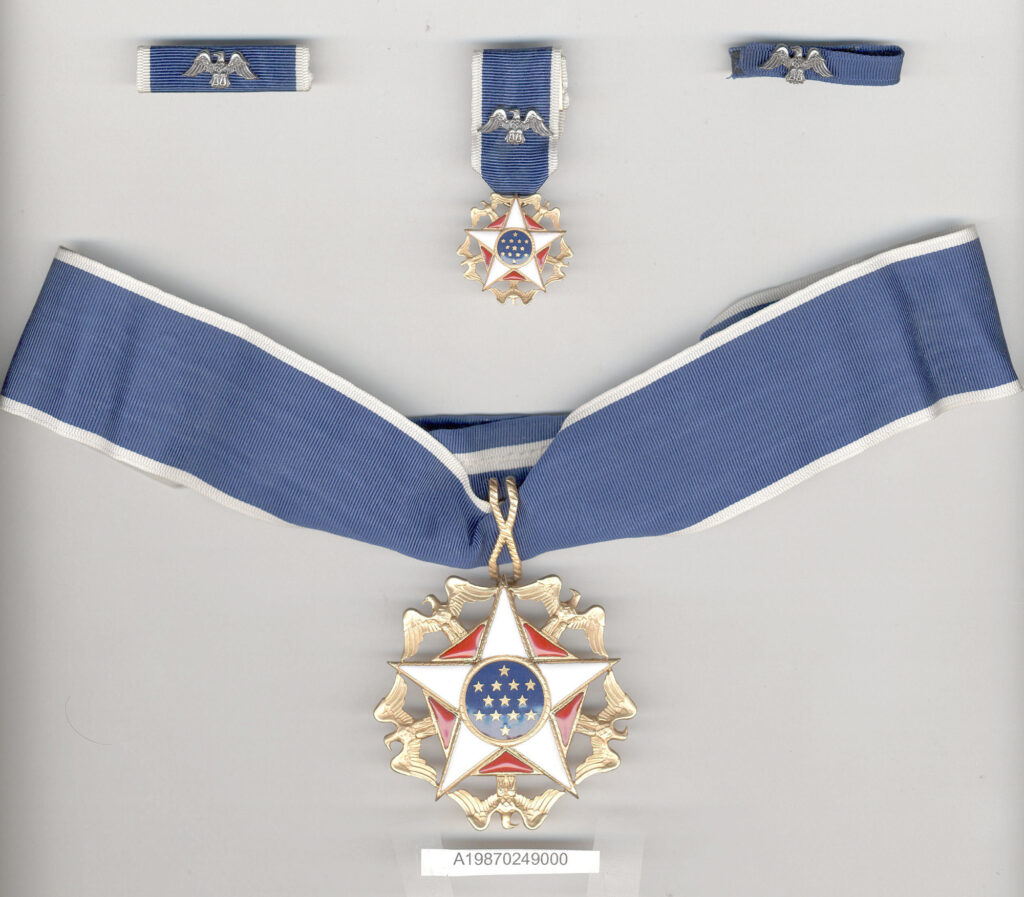
• General Yeager was presented the Golden Plate Award by the American Academy of Achievement in 1974 and the Horatio Alger Award in 1986.
Military Education
General Yeager’s professional military education includes Air Command and Staff College in 1952 and the Air War College in 1961. He was awarded honorary doctor of science degrees from West Virginia University in 1948, From Marshall University of Huntington, W.V., in 1969, from Salem College in 1974, and from the University of Charleston in 1983.
MOVIES/PUBLICATIONS
A bestselling nonfiction book The Right Stuff (1979) by Tom Wolfe, and the popular film of the same title (1983) made Yeager’s name a household word among Americans too young to remember Yeager’s exploits of the 1950s. Yeager’s autobiography, “Yeager”, enjoyed phenomenal success and he remains much in demand on the lecture circuit and as a corporate spokesman.
Presentation of a
Special Congressional Silver Medal
to
Brigadier General Charles E. Yeager
United States Air Force (Retired)
At The White House
Washington, D.C.
On
Wednesday, 8 December 1976
At
1200 Hours
The President of the United States of America, authorized by Act of
Congress, December 23, 1975, has awarded in the name of The Congress, a
Special Congressional Silver Medal to
Brigadier General Charles E. Yeager
United States Air Force (Retired)
for service as set forth in the following
Citation:
For conspicuous gallantry and total disregard for his personal safety on
October 14, 1947 as pilot of the XS-1 research aircraft. On this date,
Brigadier General (then Captain) Yeager advanced aerospace science a
quantum step by proving that an aircraft could be flown at supersonic
speeds. He dispelled for all time the mythical “sound barrier” and set
the stage for unprecedented aviation advancement. Through his selfless
dedication to duty and his heroic challenge of the unknown, General
Yeager performed inestimable service to the Nation far above and beyond
the call of duty and brought great credit upon himself and the United
States of America.
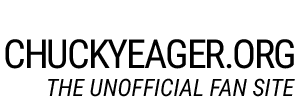

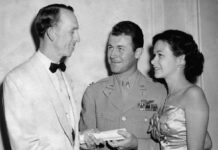
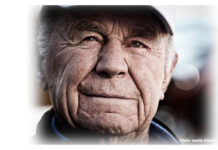

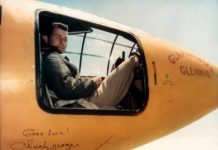
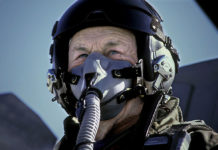





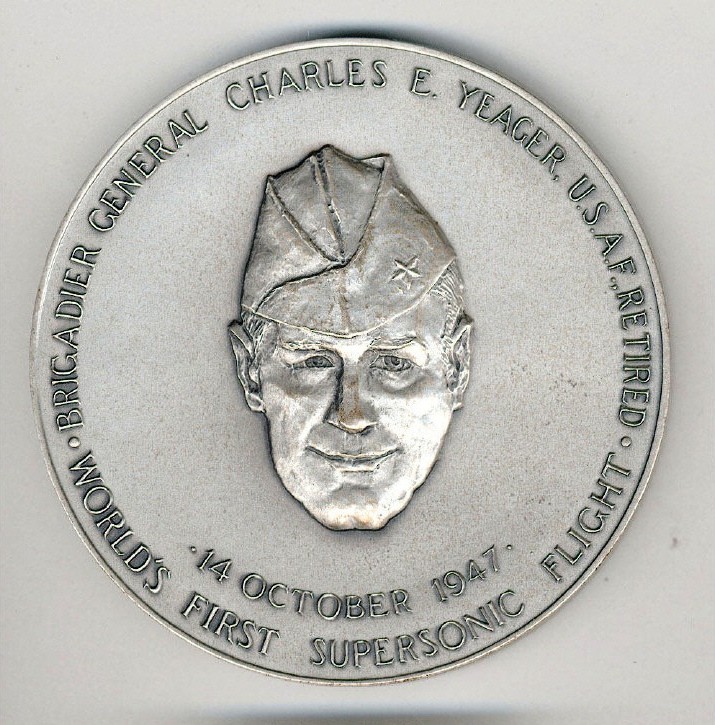
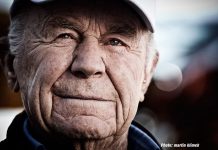
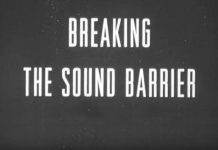
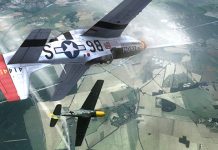
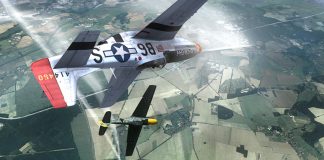
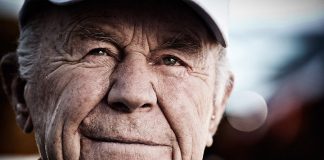
One TUFF WEST VIRGINIAN.
We love our WEST VIRGINIA HERO’S! One of my Aunts was in the WAFS and was asked to pose with Chuck Yeager for P R. – This was long before he had won any medals….sAhe was tall and slim. She said no and in later years she said-I did’t know he was going to be famous.
Félicitations pour tous ces exploits et encore un grand, grand merci pour son implication et avoir concouru à la libération de la France dans le cadre du conflit de la seconde guerre mondiale.
Félicitations pour tous ces exploits et encore un grand, grand merci pour son implication et avoir concouru à la libération de la France dans le cadre du conflit de la seconde guerre mondiale.